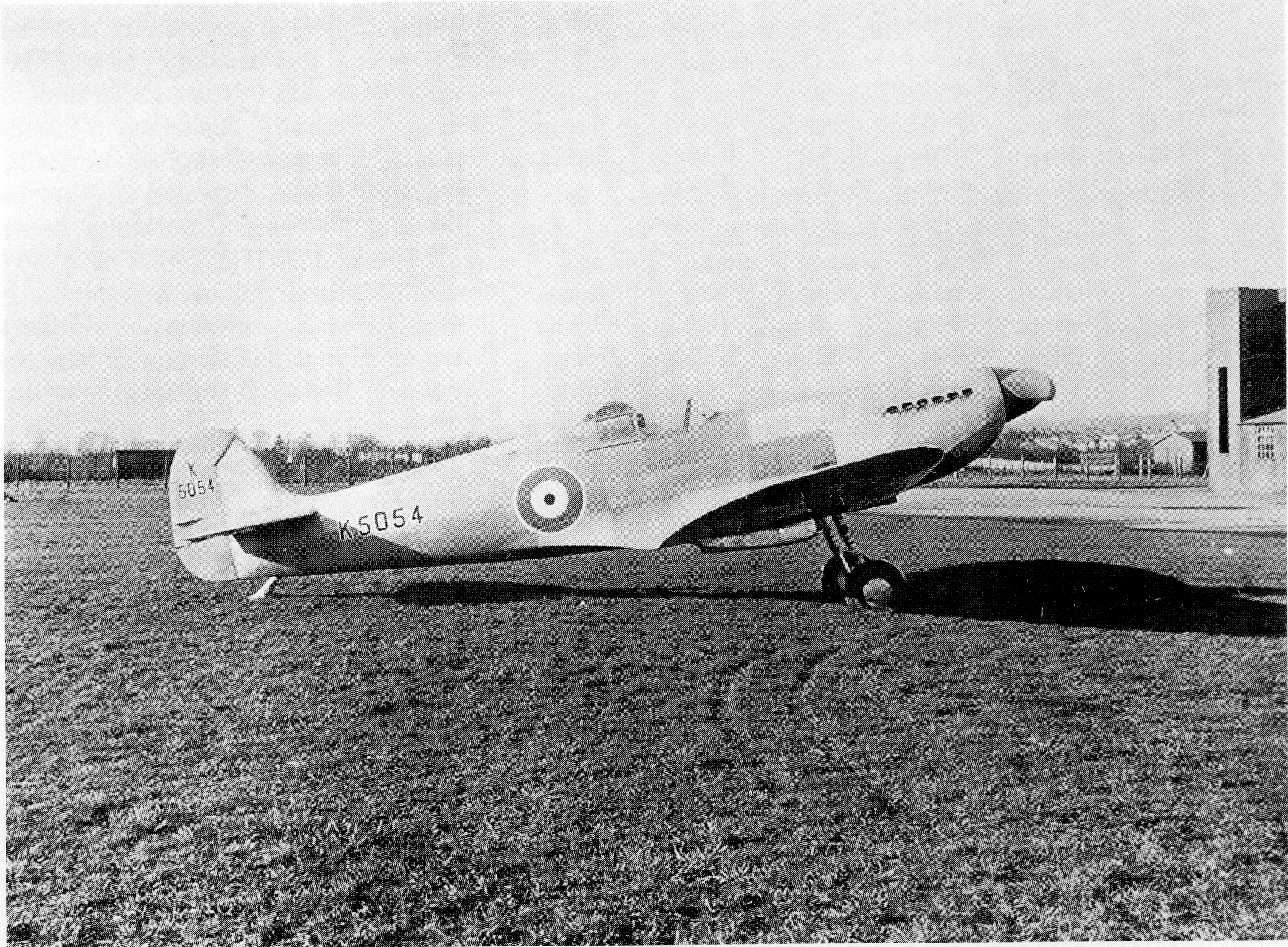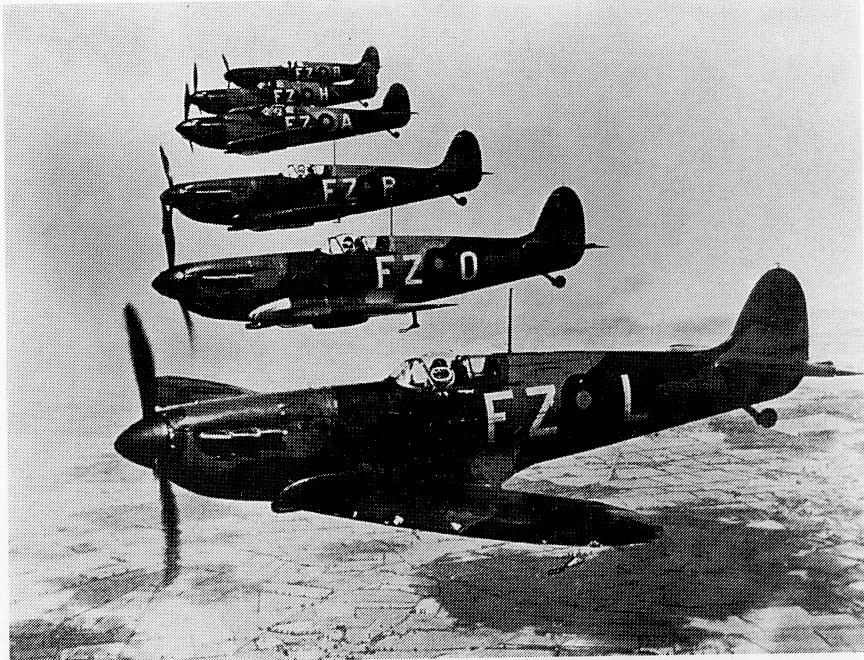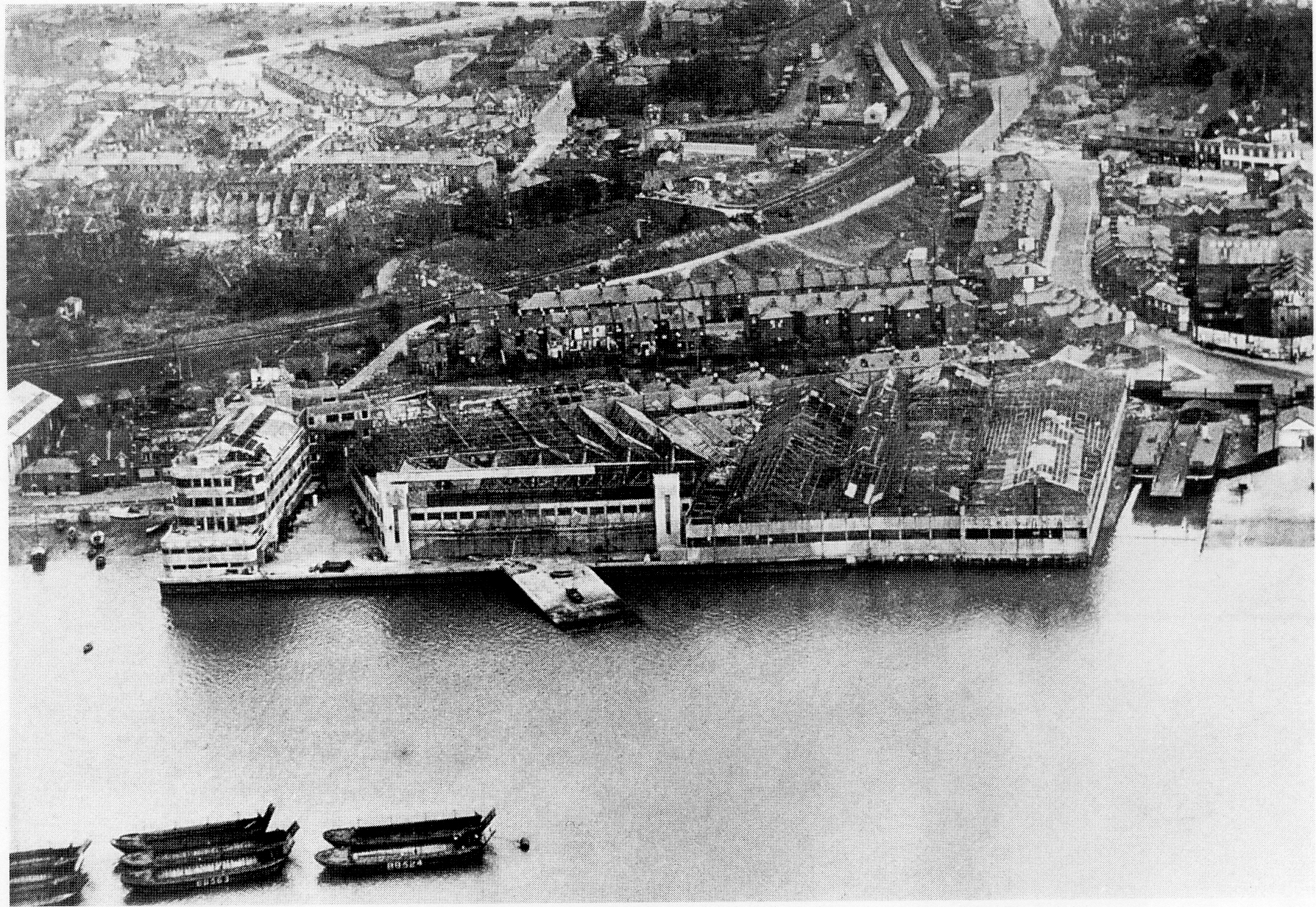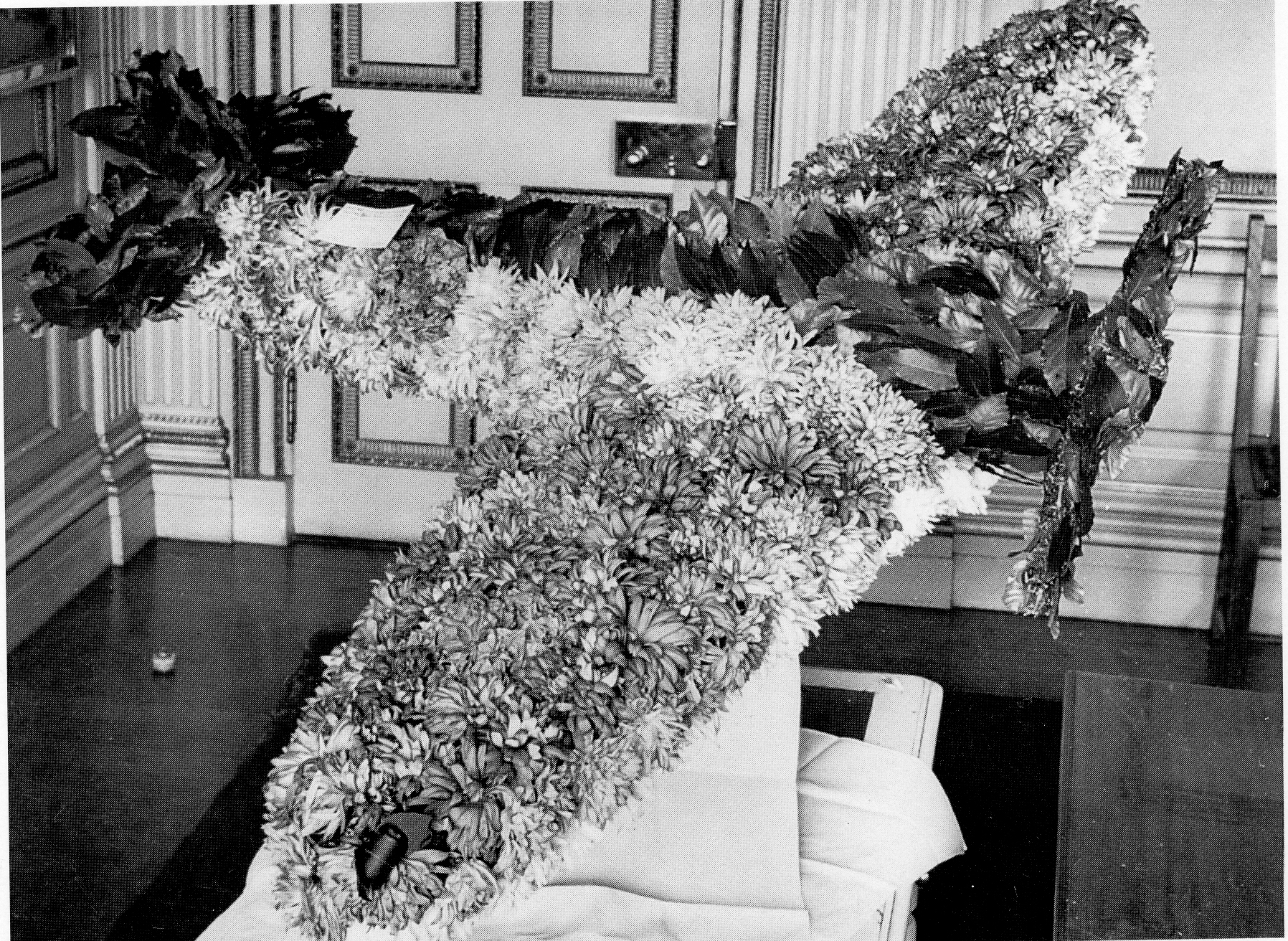Vickers Supermarine
In 1913, Noel Pemberton Billing used the name Supermarine as his telegraphic address, when he started making ‘boats that will fly, and not just aeroplanes with floats’. His aim was to build the antithesis of the submarine, under his own name Pemberton Billing. However, the First World War was the catalyst to him building a single—seater fighter plane. In 1916, the newly appointed managing director Hubert Scott—Pain renamed the company ‘The Supermarine Aviation Works Limited’ and the factory beside the River Itchen at Woolston developed. After the war, Supermarine focused on flying boats, which were gaining in popularity and use, as water provided a most suitable medium for takeoffs and landings. In 1928 the firm was acquired by Vickers Aviation Limited and linked Supermarine with the extensive Vickers group of companies. In 1929 the collaboration with Rolls Royce to develop the Schneider Trophy aircraft S6, and in 1931 the S6B, which won the trophy outright, led directly to the development of the Spitfire and its series of Rolls Royce engines.
 Prototype Spitfire. Photo: E B Morgan.
Prototype Spitfire. Photo: E B Morgan.
Wednesday 5 March 1986 marked the 50th anniversary of the first flight of the famous Spitfire from Atlantic Park, now Southampton Airport at Eastleigh. Mutt Summers was the test pilot (who was flown to Eastleigh by another later famous test pilot Jeffrey Quill) for the maiden test flight of the Spitfire. For this Summers used a special fine pitch propeller to ensure a safe take—off by minimising swing caused by propeller torque on take-off. This was expected because the aeroplane was far below its maximum take- off weight. Coincidental with the 1986 anniversary was the demolition of the hangar buildings (near Southampton Lodge), which were erected by Vickers Supermarine for the development of the Spitfire at Hursley in 1942. These are some of the vignettes of this critical period of England’s history as it affected Hursley Park, provided by some of the limited material that has survived.
The Spitfire was a phenomenal aircraft whose design was conceived by R J Mitchell. Its considerable virtues were largely due to its low very thin wing section and very strong airframe. The prototype of 1936 weighed approximately 2 tons. Development to later Marks took the weight to over 5 tons, with increased armaments, fuel tanks and larger engine. Later marks could achieve a horizontal speed of 620mph (997kph) — 0.9 Mach, out of a power dive, a figure that later more sophisticated jet aircraft could not match, although they had an advantage in rate of climb and flight speed without the power dive. The Battle of Britain was won by the role the Spitfire could play in high altitude combat, while at lower altitudes the work- horse of R.A.F. Fighter Command, the Hawker Hurricane, complemented the high- flying ‘Spit’.
 Mark I Spitfires in formation
Mark I Spitfires in formation
The important and historic relationship of the legendary Spitfire and Hursley Park is really the product of ‘necessity being the mother of improvisation’ with some considerable instant inventiveness thrown in. An intensive raid on Southampton by Messerschmitt 110 planes on 24 September 1940 and another two days later by 59 Heinkel bombers, escorted by 70 Messerschmitt 110s were centred on the Vickers Supermarine headquarters at Woolston. The raid was so effective that production of Spitfires was temporarily halted. Although the factory could have been made operational again, it was too well known to the enemy and too small, so dispersal was more than practical. However, one blessing was that the bombs did not destroy the machine tools or the finished parts store. In the new office building at Woolston the Chief Draughtsman’s office was on the top floor directly above that of the Chief Designer. After the air—raid a couple of the design staff were cleaning up the paper work which, with everything else, was strewn all over the floor.
 Vickers factory at Woolston after the bombing. Photo: E B Morgan.
Vickers factory at Woolston after the bombing. Photo: E B Morgan.
After about 45 minutes when the mess had been cleared, it was apparent that a lot of drawings had concealed a large hole in the floor through which a bomb had gone into the office below, before passing through a wall. That neither of the two design staff fell through the hole was something of a miracle. However, the mock-up of a very promising four—engine bomber, which was also being designed by Supermarine, was completely destroyed, and the design was abandoned.
After Lord Beaverbrook (Minister for Aircraft Production) had surveyed the scene and made his dispersal decision, responsibility for the Southampton area fell to Mr L G Gooch, Works Engineer. He and his office quickly grasped the situation and seized the opportunity, such that within days Spitfire production started to pick- up again. Ultimately Len Gooch became Area Manager’s Co-ordinator. The timing and effectiveness of the raid meant that plans had to be devised and adapted quickly for 100 percent dispersal. It soon transpired that, prior to the outbreak of the war, the German sea—plane pilots who regularly called at Woolston to clear Customs, became too knowledgeable about the layout, contents, and importance of the Supermarine works. The pilots brought mail from America in the fastest possible time having been catapulted from the liner ‘Bremen’ and her sister ship the ‘Europa’ off the coast of Ireland near Shannon. It was realised that the circular approach flight around the town was no doubt used to photograph the area, and that the flight of a Dornier DOX over Southampton and Portsmouth prior to the air-raids was no coincidence.
 Floral Spitfire
Floral Spitfire